Looking back at 27 years of 'evolution' of Windows
Software firm Microsoft is preparing to release a new Windows 8 operating system that promises to make significant progress changes compared to previous generations, such as tablet support, the update process is judged to be more reasonable. .
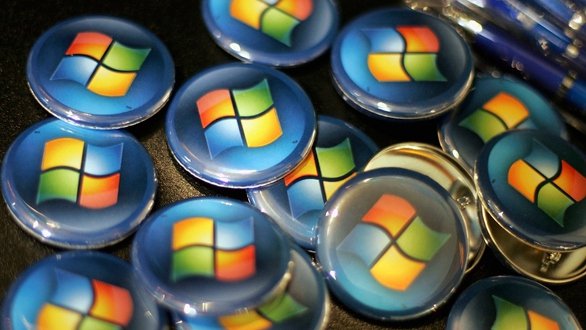 Looking back at 27 years of 'evolution' of Windows Picture 1
Looking back at 27 years of 'evolution' of Windows Picture 1
Earlier this month, on February 8, Microsoft said it will hold a beta release of its new operating system, Windows 8 Consumer Preview, at the 2012 Mobile World Congress (MWC) in Barcelona. of Spain on February 29,
While waiting for the Windows 8 beta version to be released, invite you to read with VnEconomy to review the development path of this operating system (not including the Windows Server version) since the period of 1985 until now.
1985: Windows 1.0
This version does not create as much reputation as later generations. Windows 1.0 is Microsoft's first graphical interface operating system and runs on a 16-bit platform. In fact, this is like an MS-DOS version with an additional user interface and the ability to perform multiple tasks at the same time. Windows 1.0 is not quite a lot of software that we still use today such as Notepad, Calendar and Paint. Windows 1.0 has not yet allowed overlapping application windows that only appear in version 2.0.
1987: Windows 2.0
Windows 2.0 was released after about 2 years. Windows 2.0 supports many new features but also enhances hardware requirements. Windows 2.0 users must have 512 KB of memory and require DOS 3.0. This is the first operating system equipped with Office application Word and Excel. After its launch, Apple sued Microsoft for copying the "interface and imprint" of the Macintosh operating system on Windows 2.0, but Apple did not win this case.
1990: Windows 3.0
Windows 3.0 was released in 1990. This version has successfully integrated MS-DOS with graphical icons such as Program Manager. This is the first successful version of Windows, establishing Microsoft's dominant role. All Windows 3.0 icons have been redesigned to use the VGA standard with 16-bit color. Windows 3.0 enhances memory management capabilities, increases access and allows DOS programs to run on standalone virtual machines.
1991: Windows NT 3.1
Launched a year later, Windows 3.1 also had the same success as Windows 3.0 and became the standard operating system used on IBM personal computers in the early 1990s. This is also the last version of Windows operating system that looks like MS-DOS.
1995: Windows 95
Windows 95 appeared in August 1995. This is a big breakthrough compared to previous versions, almost everything has icons. Internet Explorer, the Recycle Bin, the Start button are all released at this version. The basic design for Windows hasn't changed much since this version. Windows 95 is much more stable than its predecessors, it is also the first Windows operating system to support Intel's Plug and Play standard and allows for names longer than 8 characters. Windows 95 was very welcome at that time.
1998: Windows 98
Windows 98 looks like Windows 95, but has some additional features. Following the success of Windows 95, Windows 98 adds compatibility with many different hardware systems. This is the first time Internet Explorer has been integrated as part of the operating system, one of the main reasons that pushed Microsoft into the US Department of Justice antitrust lawsuit. Windows 98 also supports USB better than Windows 95. The operating system comes with a new feature called Active Desktop that allows streaming of online information to the computer.
2000: Windows ME / 2000
ME is the abbreviation for 'Millennium Edition' (Millennium Edition), which is considered one of the disasters of this famous operating system, many people believe that Windows ME is nothing more than a move. Microsoft 's marketing article in an effort to sell "something" for sale during the 2000 shopping season. It was basically built on Windows 98 with a number of new features for users. Most people are waiting for XP, which is expected to be released soon.
2001: Windows XP
In 2001, Windows XP was officially released. This is the first version of Windows to make real changes in both the user interface and features since the Windows 95 release. The Windows XP version then became the largest consumer operating system in history. Microsoft. Even though it was introduced 9 years ago, until today, XP is still one of the most used Windows versions, it also appears as another option besides the current Windows 7.
2006: Windows Vista
This is another Microsoft disaster. After a 5-year long wait from Windows XP, users finally witnessed a poorly compatible operating system and not running on old devices, despite impressing on the beautiful graphical interface. , more polished. Therefore, most users continue to be loyal to the Windows XP operating system and do not want to upgrade the machine configuration to use Windows Vista.
2009: Windows 7
Launched in October 2009, this is Microsoft's widely used operating system. Windows 7 retains the Aero interface but instead of adding a bunch of new effects, Windows 7 focuses on fixing mistakes from Vista. Most Vista users who upgrade to Windows 7 don't have the same trouble as "jumping" from XP to Vista. This operating system is also much more stable. And Microsoft's effort paid off, users quickly switched to the new operating system.
2012: Window 8
This is the operating system that is expected by consumers. Expected, the official version of Windows 8 will be released later this year. According to Microsoft's announcement, Windows 8 is an entirely new operating system, not built from the existing platform of previous versions. The most obvious evidence is the interface change. Besides the traditional interface, Windows 8 also has a Metro interface with applications arranged as on smartphones.
One of the other highly-regarded features of Windows 8, is that it can hold the entire operating system on USB, which in turn allows users to boot and run directly without the need to install it on the machine. This is a feature similar to the Live CD commonly found in Linux operating system versions. It is also worth noting that Microsoft will launch the Windows Store booth for Windows 8. Here, the developer introduces and sells applications built for the Metro interface on Windows 8.
You should read it
- The chart for the 10 most amazing versions of Windows
- Windows operating system is 35 years old, everything you need to know about Windows
- Windows revolution and breakthrough changes through each version
- Looking Back at Icons in Windows: From Windows 1 to 11
- Here's how to uninstall Windows 10 to return to using Windows 7 or 8.1
- In memory of Windows 2000, Microsoft's forgotten artwork
- Summary of several logout methods on Windows 8 and Windows 10
- 10 things to note when choosing Windows 7
- Instructions on how to upgrade from Windows XP to Windows 8
- Common Run commands for Windows you should know
- 4 ways to 'revive' Windows XP on Windows 10
- What is Windows Hello? How does Windows Hello work? How to install Windows Hello
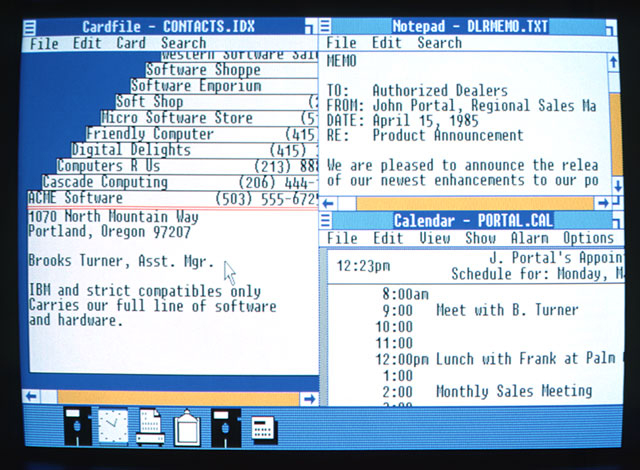
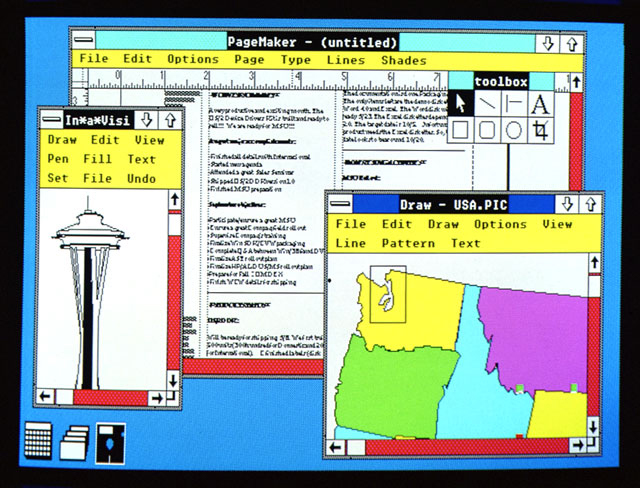
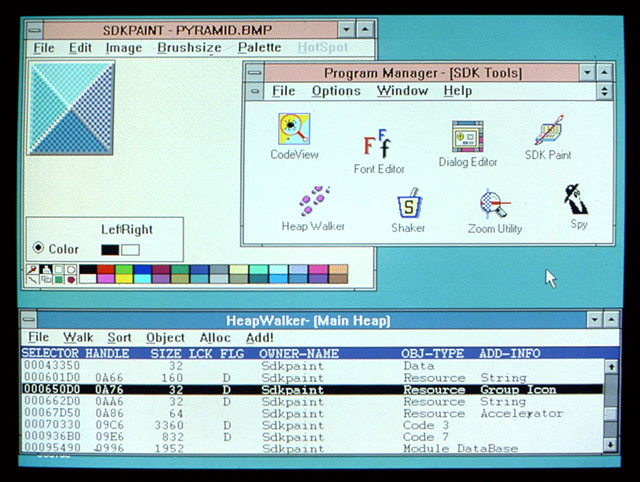
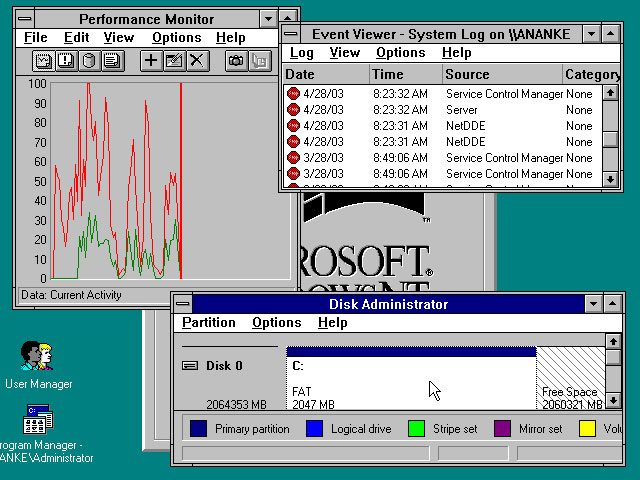
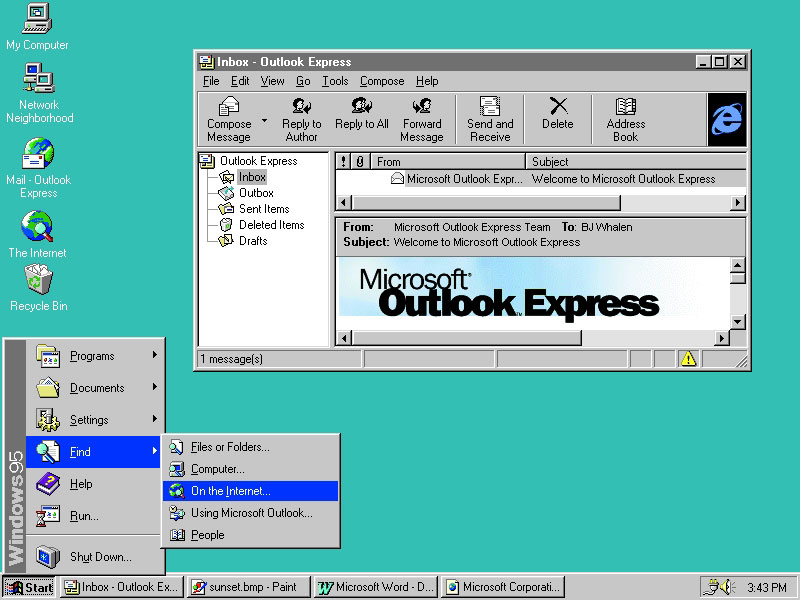
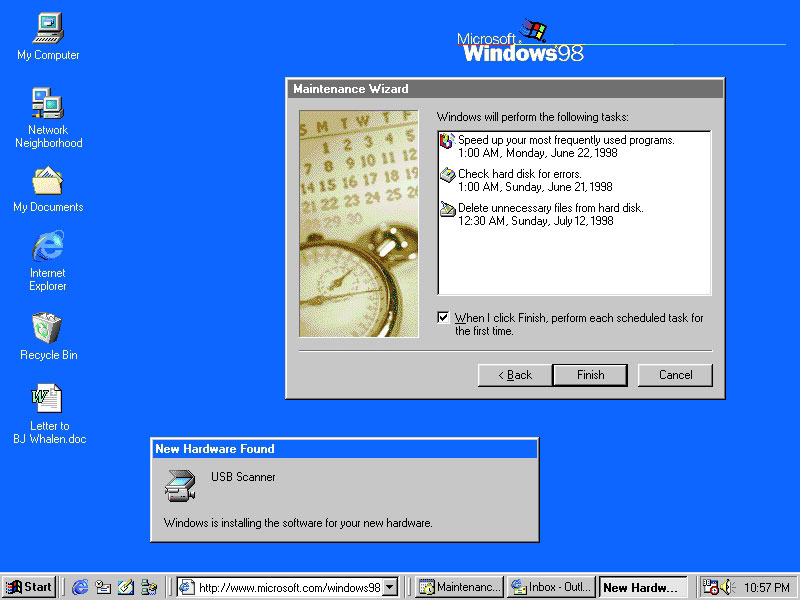
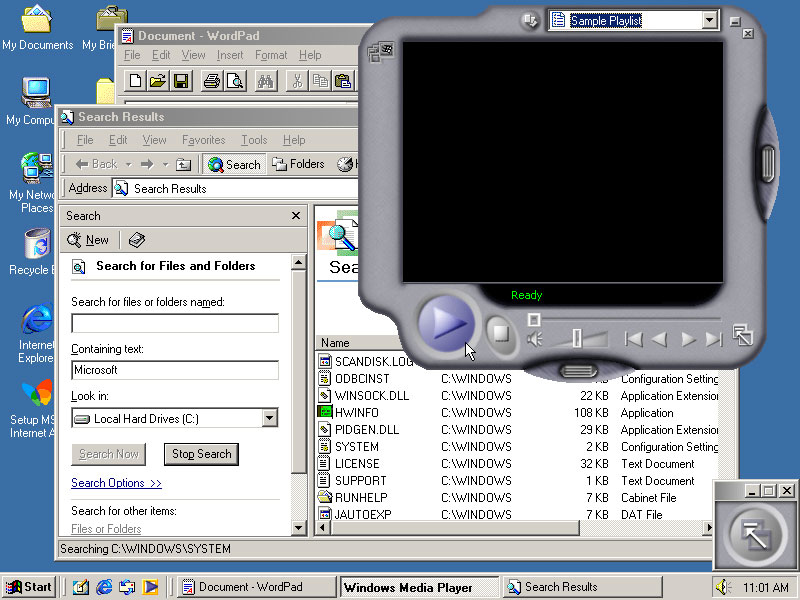


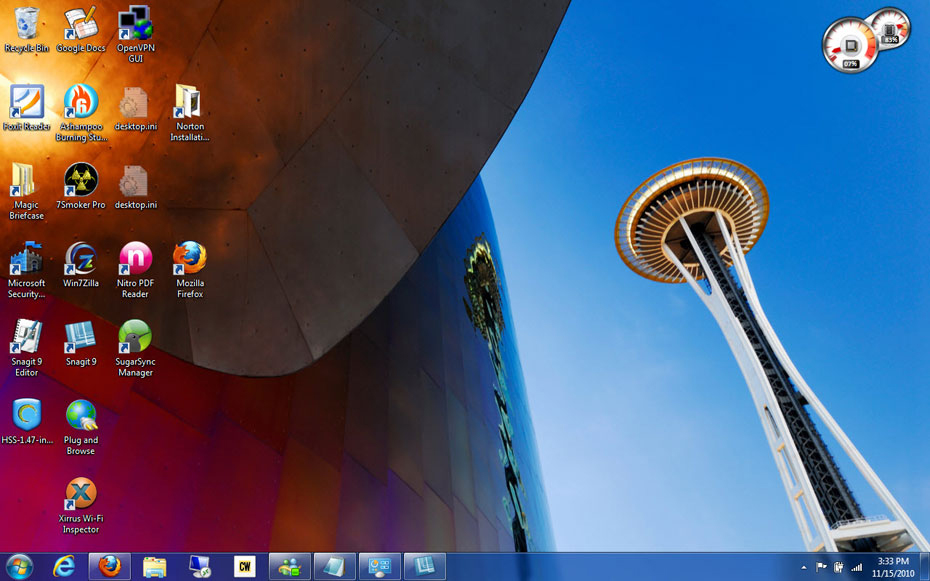
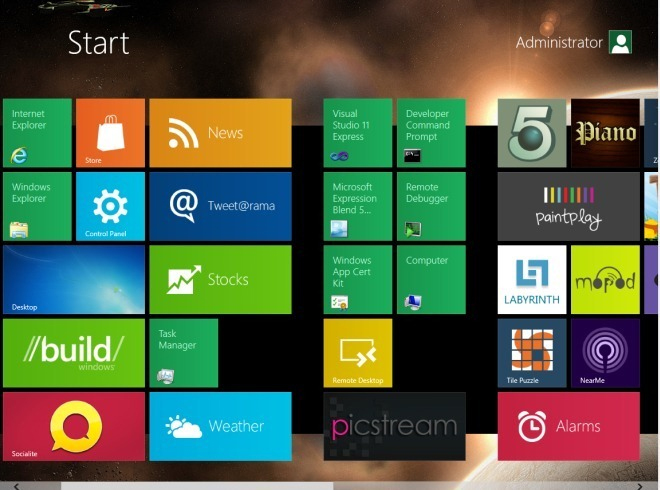






 Evolution Of Gambling in the US
Evolution Of Gambling in the US Latest Roblox Code Pet Evolution Simulator
Latest Roblox Code Pet Evolution Simulator Email solution in Linux
Email solution in Linux From Card Games To Digital Platforms: The Evolution Of Entertainment Tech
From Card Games To Digital Platforms: The Evolution Of Entertainment Tech The 'evolutionary' history of the Google logo
The 'evolutionary' history of the Google logo Look back at the 9 photos of 'ducking swans' of the phone after 80 years
Look back at the 9 photos of 'ducking swans' of the phone after 80 years